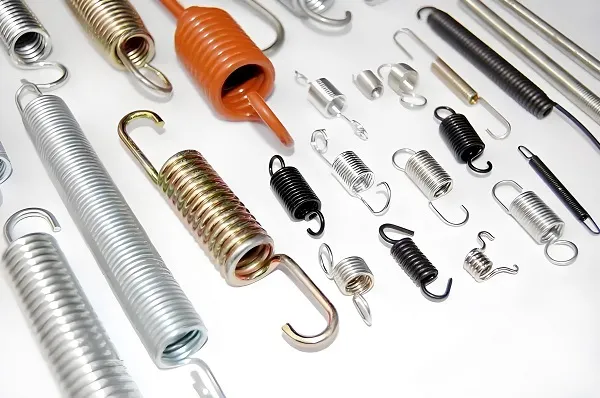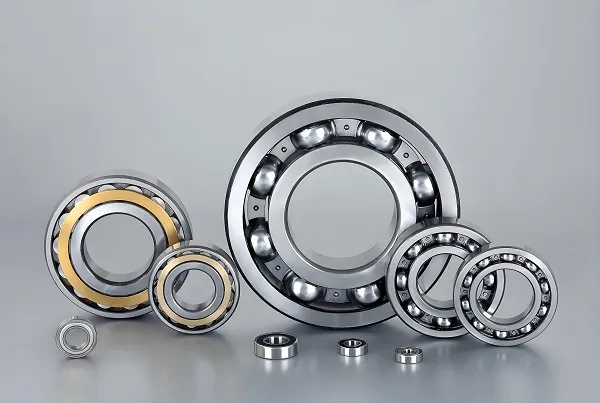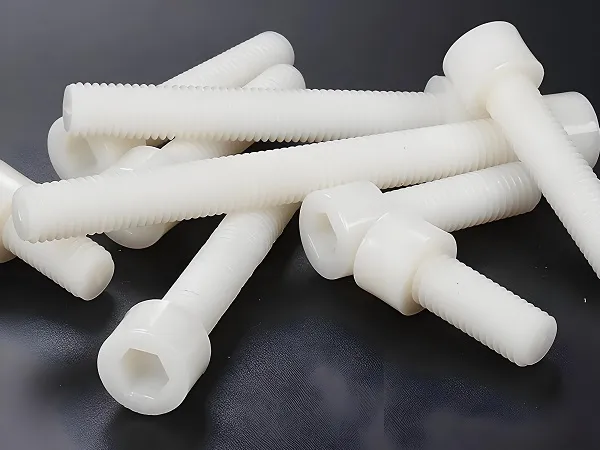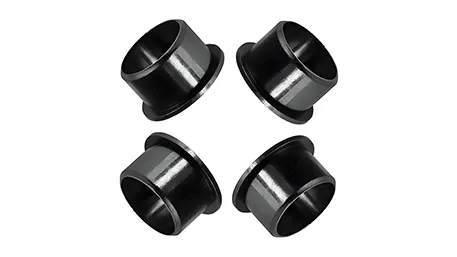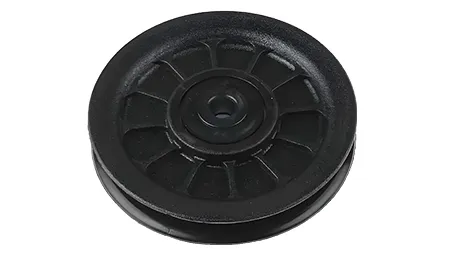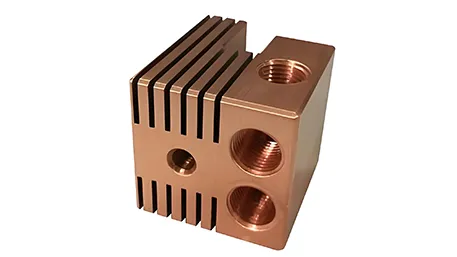On the fast – paced track of product research, development, and innovative iteration, prototyping injection molding services, through data – driven precise processes, rapid tooling technologies, and a full – process verification system, achieve the leap from “concept validation” to “efficient pre – mass production”. This article will analyze how to create a high – precision, short – cycle, and low – cost prototyping injection molding solution from dimensions such as service value, core processes, and quality control.
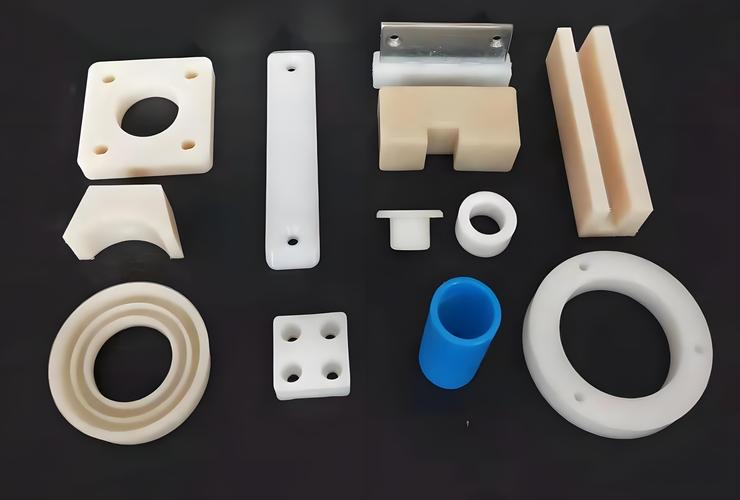
I. Why is Traditional Prototyping Difficult to Meet the Needs of Efficient R & D?
Q&A: What are the core advantages of prototyping injection molding services?
Traditional prototyping methods (such as 3D printing and manual production) have three core pain points:
Disconnection between precision and mass production: 3D – printed parts have large dimensional tolerances (±0.1 – 0.3mm) and high surface roughness (Ra 12.5 – 25μm), and cannot simulate real defects such as shrinkage and weld lines in injection molding. This leads to repeated design modifications, extending the R & D cycle by 30%.
Deviation in material properties: The commonly used 3D – printing materials such as PLA and ABS have significant differences in properties from actual injection – molding materials (such as PA66 and POM). The deviation in mechanical strength can reach 40%, making it impossible to effectively verify product functions.
High cost for small – batch production: The unit cost of manual production or silicone mold replication increases exponentially with the increase in quantity. For small – batch production of 50 – 500 pieces, the cost is 2 – 5 times higher than that of injection – molded prototypes.
However, prototyping injection molding services take “data – defined R & D efficiency” as the core:
Full – process precise simulation:
Dimensional accuracy: High – precision CNC – machined molds (with an accuracy of ±0.01mm) are used, combined with mold flow analysis to optimize process parameters, so that the dimensional tolerance of prototype parts is controlled within ±0.05mm, and the surface roughness Ra≤3.2μm, highly restoring the quality of mass – produced products.
Real – material verification: Supports over 100 engineering plastics (such as glass – fiber – reinforced PC, high – temperature – resistant PEEK). Through rheological tests to match the melt fluidity, the error in tensile strength and impact toughness between prototype parts and mass – produced parts is ensured to be less than 5%.
Data – driven rapid iteration: Based on the first – piece inspection data (CT scanning, coordinate measuring machine), the mold can be corrected within 48 hours, shortening the iteration cycle by 60% and helping enterprises enter the market 3 – 6 months earlier.
II. How Does the Core Process of Prototyping Injection Molding Services Achieve Efficiency Breakthroughs?
Digital design and simulation optimization
Mold flow analysis (CAE) pre – research: Use Moldflow software to simulate the filling, packing, and cooling processes of plastic melts, predict defects such as sink marks (depth < 0.1mm) and warpage deformation (< 0.2mm), optimize the gate position and cooling water channel layout, and reduce the number of mold trials by 80%.
Parametric mold design: Establish a library of over 1,000 standard mold modules (cavities, sliders, ejection mechanisms), which can be quickly called through UG/Creo. The design cycle is shortened from 15 days to 3 days, with a reuse rate of 75%.
Digital twin verification: Create a digital twin for each mold, and real – time monitor injection pressure, temperature, and deformation data to predict the mold life (with an error of less than 8%) and avoid unplanned downtime.
Rapid tooling manufacturing technologies
Direct metal laser sintering (DMLS) molds: Use 316L stainless – steel powder for 3D – printed molds (layer thickness 0.02mm), combined with nitriding treatment (surface hardness HV700), which can be delivered within 7 days. It is suitable for small – batch production of 50 – 200 pieces, and the cost is 40% lower than that of traditional molds.
Aluminum – based rapid molds: Process aluminum – alloy molds (H13 heat – treated hardness HRC48 – 52) through five – axis high – speed milling (spindle speed 24,000rpm), and perform hard – chrome plating on the surface (thickness 0.02 – 0.03mm). The production cycle is 10 – 15 days, and the mold life can reach 5,000 – 10,000 times, meeting the medium – batch demand of 500 – 5,000 pieces.
Soft – mold technology: Use epoxy resin or aluminum – zinc alloy to manufacture simple molds. The cost is only 1/3 of that of steel molds, and the delivery cycle is 5 – 7 days, which is suitable for rapid verification of 10 – 50 pieces.
Intelligent injection molding production and data closed – loop
Optical full – inspection: The linear – array camera (resolution 12,000dpi) can complete surface defect inspection in 0.5 seconds, identify flash (> 0.05mm) and weld lines (length > 1mm), with a missed – detection rate of less than 0.002%.
CT scanning analysis: Industrial CT (accuracy 0.01mm) detects internal pores (diameter > 0.3mm) and porosity, generating a three – dimensional defect cloud map to guide mold correction.
Intelligent process parameter adjustment: Real – time collect more than 30 parameters such as injection pressure (50 – 150MPa), melt temperature (200 – 400℃), and packing time (5 – 30s). The AI algorithm automatically compensates for process fluctuations (such as material batch differences), increasing the qualified rate from 82% to 96%.
Automated inspection system:
Cloud – based data management: All production data (mold parameters, inspection reports, product traceability codes) are uploaded to the MES system, allowing customers to view the progress and quality status in real – time.
III. Quality Control: Stringent Verification throughout the Chain from Design to Delivery
Multi – dimensional performance testing system
Mechanical properties: Use a universal material testing machine to detect tensile strength (accuracy ±1%), flexural modulus, and fatigue tests simulate 10⁶ cycles without fracture.
Function verification: Sealing test (air pressure 0.8MPa, holding pressure for 30 seconds), assembly verification (gap with matching parts < 0.1mm) to ensure product functionality.
Environmental testing: High – and low – temperature cycling (-40℃ to 85℃, 10 times), salt – spray test (24 hours) to verify the weather resistance of materials.
Spectral analysis: Detect the composition of plastic particles (such as the glass – fiber content of PA66 is 15 – 30%), and impurities (scrap if the moisture content is > 0.1%).
Physical property testing: Test 12 indicators such as melt flow rate (MFR), heat – deflection temperature (HDT), and flame – retardant grade (UL 94 V – 0) to ensure that the materials meet the design requirements.
Material – level screening:
Product – level testing:
Intelligent defect prevention technologies
First – piece eight – inspection system: The engineering team verifies 25 indicators such as mold number, material batch, and key dimensions to intercept potential defects.
AI process early – warning: Analyze historical data through machine learning. When parameters deviate from the optimal range (such as pressure fluctuations > 5%), the system gives an early – warning 30 seconds in advance to avoid batch non – conformities.
IV. How to Balance Efficiency and Cost in Small – Batch Customization?
Q&A: Does high – precision prototyping mean high cost?
Through three innovative models, the service cycle is shortened by 50% and the cost is reduced by 35%:
Modular sharing platform: Establish a general mold base and a standardized mold frame library, with a reuse rate of 60% for different projects, sharing the mold development cost.
Step – by – step production plan:
Rapid verification: Use 3D – printed molds (delivered in 3 – 5 days), with a unit cost of less than $50, suitable for concept verification of less than 10 pieces.
Small – batch optimization: Aluminum – based molds (delivered in 10 – 15 days), with a production cost 25% lower than traditional injection molding for 50 – 200 pieces.
Pre – mass – production transition: Steel molds (delivered in 20 – 30 days), when producing 2,000 – 10,000 pieces, the unit cost approaches the mass – production level.
Digital twin cost reduction: Through virtual commissioning, more than 2 physical mold trials are reduced, saving 40% of the mold modification cost and shortening the R & D cycle by 1 – 2 months.
V. Core Considerations for Choosing Prototyping Injection Molding Services
Data capabilities: The supplier should possess data tools such as mold flow analysis, digital twin, and AI process optimization to ensure that the process is predictable and verifiable.
Technical complexity: Cover the entire process chain of 3D – printed molds, aluminum molds, and steel molds, and support flexible production capacity from 1 piece to 10,000 pieces.
Certification and compliance: Provide certifications such as ISO 9001, FDA (for medical – grade materials), and RoHS to ensure that products meet industry standards.
Conclusion
The value of prototyping injection molding services lies in defining “R & D speed” with data and realizing “mass – production rehearsal” with processes. In the era of accelerated product iteration, customized solutions with “data – driven design + rapid tooling technology” are becoming the core weapon for enterprises to seize market opportunities. From the precision shells of consumer electronics to the functional components of medical equipment, prototyping injection molding services will, with “micron – level precision” and “digital closed – loop”, enable every design innovation to be efficiently implemented, laying a solid foundation for the successful mass production of products.
(Contact us immediately to obtain a customized prototyping injection molding solution and free mold flow analysis service)

